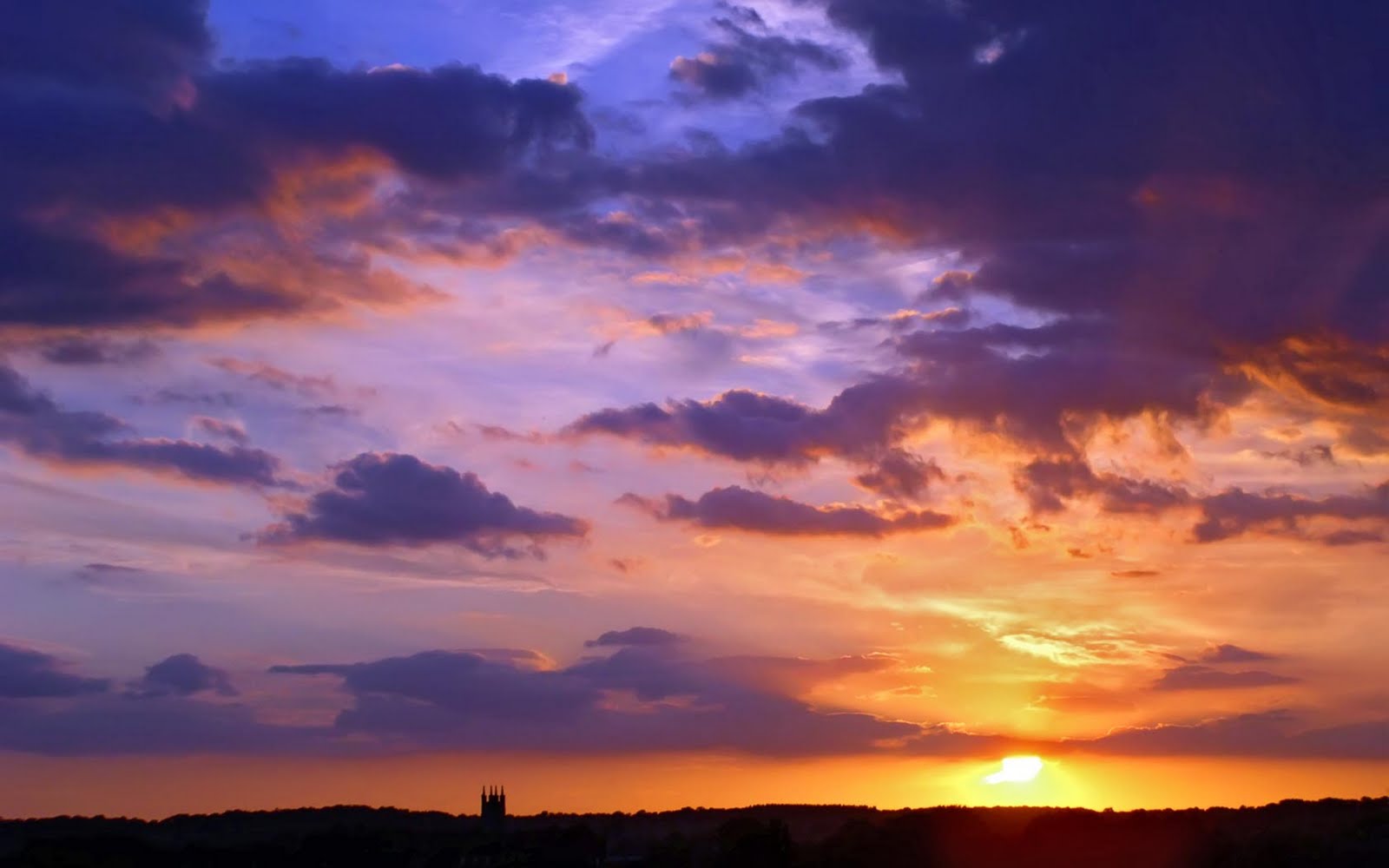
Another result was that the red and green increased as a fraction of the blue, indicating that the color was becoming less saturated. This is consistent with Rayleigh scattering which emphasizes the shorter wavelengths. One result was that the green was significantly brighter than the red. In the graph at upper left, the blue brightness was normalized to 1 and the red and green expressed as a fraction of the blue. Measurements of the color and brightness were made at each point based on amounts of red, green and blue present. It is clear to the eye that the progression leads to a brighter sky and to a blue color which is less saturated, or more pastel.
BLUE SKY BUILDBOX FREE SERIES
Nevertheless, it might be useful as an example of the progressions of sky color.Ī series of points on the sky image were chosen starting from the left, indicated by the white dots superimposed on the image above.

None of the data should be taken as quantitatively reliable since the original photo had been transformed several times, and the measurements were taken from a non-calibrated computer monitor. Possible Mie scattering from fogged eyeglassesĪs a qualitative examination of sky brightness and the saturation of the blue sky color, measurements of the color of the sky photograph were made from a computer monitor using Adobe Illustrator's color tools. Rayleigh and Mie scattering and sky color. Rayleigh and Mie Scattering Mie Scattering Greenler in his "Rainbows, Haloes and Glories" has some excellent color plates demonstrating Mie scattering and its dramatic absence in the particle-free air of the polar regions. It also gives us the the white light from mist and fog.


Mie scattering is not strongly wavelength dependent and produces the almost white glare around the sun when a lot of particulate material is present in the air. This scattering produces a pattern like an antenna lobe, with a sharper and more intense forward lobe for larger particles. For particle sizes larger than a wavelength, Mie scattering predominates. The scattering from molecules and very tiny particles (< 1 /10 wavelength) is predominantly Rayleigh scattering. Usually this kind of scattering involves exciting some vibrational mode of the molecules, giving a lower scattered photon energy, or scattering off an excited vibrational state of a molecule which adds its vibrational energy to the incident photon. Scattering in which the scattered photons have either a higher or lower photon energy is called Raman scattering. Rayleigh scattering can be considered to be elastic scattering since the photon energies of the scattered photons is not changed. Lord Rayleigh calculated the scattered intensity from dipole scatterers much smaller than the wavelength to be: It is Rayleigh scattering off the molecules of the air which gives us the blue sky.

Rayleigh scattering refers to the scattering of light off of the molecules of the air, and can be extended to scattering from particles up to about a tenth of the wavelength of the light. Air Force U-2 craft at about 70,000 feet. This is an outstanding image of the blue sky and its extent relative to the diameter of the Earth. The water droplets that make up the cloud are much larger than the molecules of the air and the scattering from them is almost independent of wavelength in the visible range. Measurement of the progression of saturation and brightnessĬlouds in contrast to the blue sky appear white to achromatic gray. The almost white scattering near the sun can be attributed to Mie scattering, which is not very wavelength dependent. Note that the blue of the sky is more saturated when you look further from the sun. Therefore the light scattered down to the earth at a large angle with respect to the direction of the sun's light is predominantly in the blue end of the spectrum. This scattering, called Rayleigh scattering, is more effective at short wavelengths (the blue end of the visible spectrum). The blue color of the sky is caused by the scattering of sunlight off the molecules of the atmosphere. Blue Sky and Rayleigh Scattering Blue Sky


 0 kommentar(er)
0 kommentar(er)
